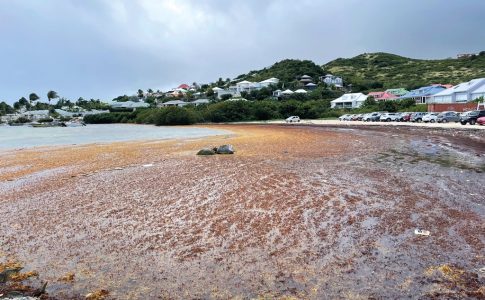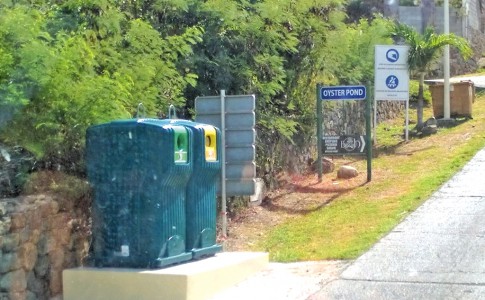In its report on the effects of climate change in Saint-Martin, the Economic, Social and Cultural Council of Saint-Martin wishes to raise awareness among public authorities and the population about the impact of greenhouse gas emissions on the territory. Clearly, it is high time to change our consumption patterns or risk experiencing numerous environmental disasters in the near future. Irma is still in the memory of each of us…
“The Antilles are among the most threatened islands. (…) The impacts will be multiple. First, the cyclones will be more intense. The islands will experience peaks of destruction, like in 2017 in Saint-Martin. Coastal erosion will question the use of coastlines, which are home to residential areas, tourist activities and infrastructure, such as riprap. (…) With the rise in sea level, which we can no longer stop, and as with the phenomenon of erosion, we will experience episodes of submersion (…) in the event of rain and high tide combined. From 2040, public authorities will have to implement relocations, the movement of people or activities to safe areas. These are the alarming predictions of Virginie Duval, professor of geography at the University of La Rochelle, who participated in the writing of the IPCC report, in the magazine “Le Point”, published in May 2022.
Irma, the most powerful cyclone ever identified in the Atlantic, is among the effects popularly attributed to climate change. In this area, the scientific community has long remained cautious because ultimately, on the scale of meteorological changes, human observation remains recent. However, a consensus seems to be emerging: cyclones will show a tendency to increase in intensity or even frequency attributable primarily to the rise in ocean temperature.
Coastal erosion
This phenomenon, until now difficult to perceive on the scale of a human life, is becoming quite significant and visible on several portions of the Saint-Martin coastline. First of all, a deficit of sand appears increasingly on a good part of the territory's beaches. If seasonal phenomena induce situations of successive fattening and degreasing, the annual results are clearly a decline in Saint-Martin beaches. This consequence is inevitable given the rise in ocean levels, certainly accentuated during cyclonic events and effectively aggravated by sargassum strandings, either due to collection, or due to a "brush" effect, the result of the combination of waves mixed with sargassum (continuation and end in our edition tomorrow).
1,613 total views










No comments